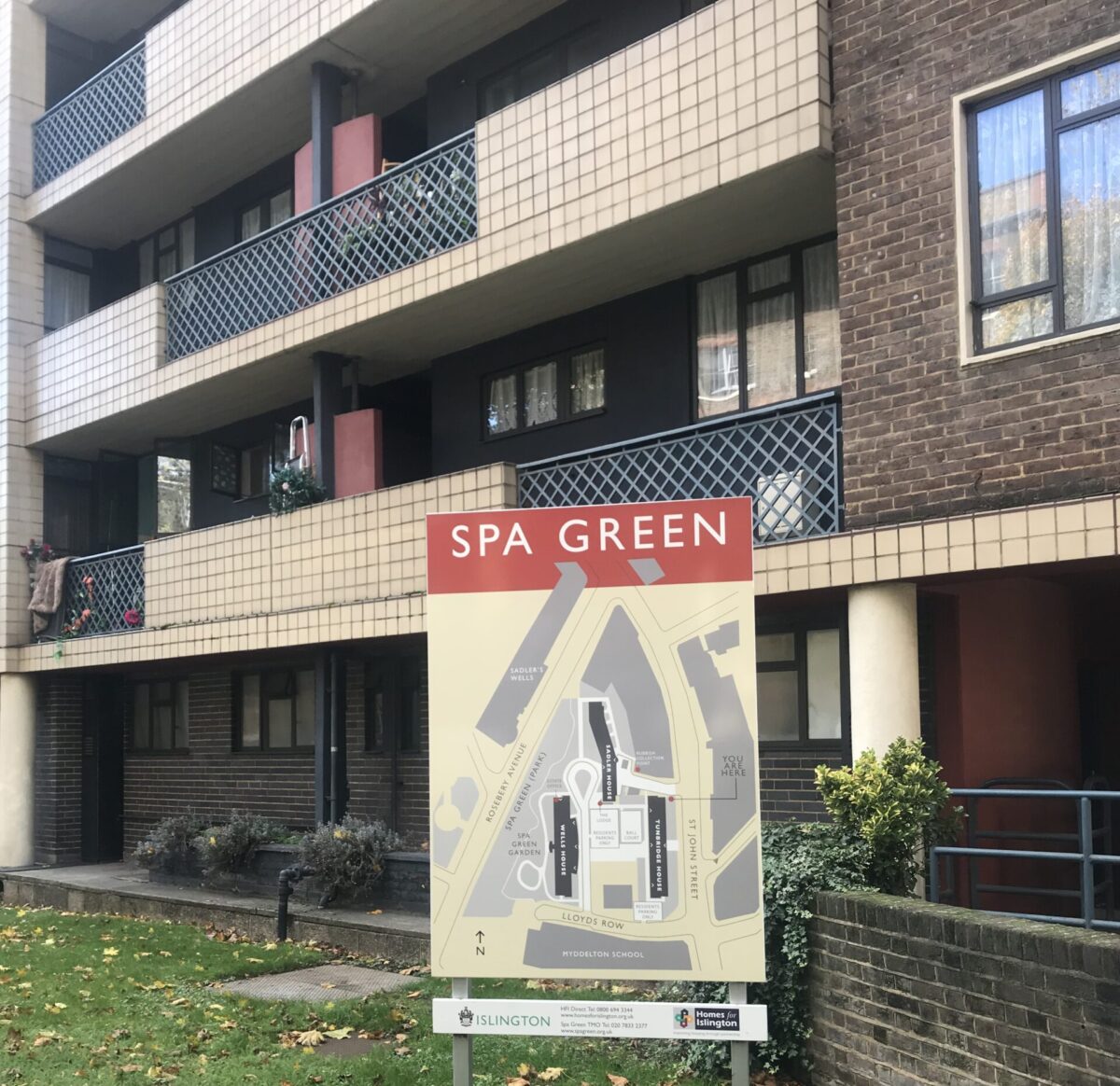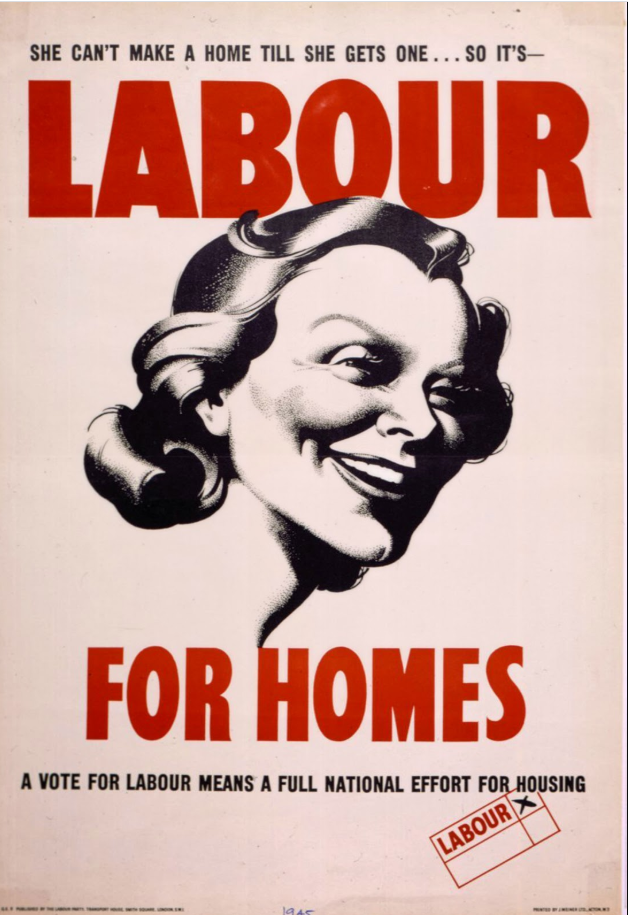How to beat Reform UK? It’s the question many in the Labour Party are now asking, with increasing desperation.
Alienated from mainstream politics and politicians, Reform UK supporters see Labour as the ‘establishment’ with little concern or understanding for their lives or their problems. To reach Reform supporters, Labour needs to show in practical, concrete ways that it ‘gets’ Reform voters’ concerns. Labour needs to deliver practical and concrete improvements across the country.
The answer is straightforward. Labour needs to build more council homes and create more non-graduate jobs. And we can do both at the same time using the same money.
Building more council homes in every part of the country will directly benefit those families who are currently in housing need. Those who are overcrowded or who need a smaller home. Those who are homeless and living in expensive and substandard private rented accommodation. Those whose children and grandchildren are paying through the roof to private landlords for very basic accommodation.
Many of these families have lost faith in mainstream politics after 14 years of failed Conservative governments when few new council homes were built and many continued to be sold off. We need to show, by our actions, that the needs of the non-graduates living in non-metropolitan parts of the country are just as much a priority for Labour as anywhere else.
The new council homes Labour builds should benefit the widest range of families. When new council homes are being built, existing residents should know that they will benefit, too. A central message should be that the new council homes are not just for ‘other people’ or ‘outsiders’, they are for people like YOU. Using local housing allocation policies in operation on many Labour councils already, half the new homes should go to those families who have been waiting patiently for a bigger or smaller home. The other half should go to those who are currently homeless or have been languishing on the housing waiting list.
Building new council homes needs a range of traditional non-graduate skills – bricklayers, plumbers, electricians, plasterers, scaffolders, painters, decorators, carpenters. Just watch an episode of Nick Knowles’ DIY SOS to see the wide range of non-graduate trades needed to build or renovate a house.
Using existing construction companies, local subcontractors and their employees will benefit, too. Many of these subcontractors will be small businesses and will get a real boost by Labour’s council house building programme. Local council house building programmes will give small construction companies the long-term commitment needed to plan their investment.
Working with local colleges, we need a massive construction skills training programme, equipping people of all ages with a skill that will form the basis of a lifetime working career. Construction skills give access to jobs in every part of the country and to any country in the world. You can work for a company or be your own boss, working hard to build a business that gives you and your family financial security and independence. The construction workers benefitting from Labour’s council house building programme will have a real and tangible stake in the economy and in society.
When the new residents move in, some will want new furniture, new carpets and new white goods. Buying these will help local shops and help grow the wider economy. Others will want to paint or paper the walls and add a few personal touches, benefitting local DIY shops.
And don’t forget that the new council tenants will be paying rent to the Council which will then be used to pay back the money it borrowed to build the new homes.
As John Harris wrote in a recent ‘Guardian article, the politics are very basic,
“Four decades ago, many of Reform UK’s older supporters had their lives transformed by Margaret Thatcher’s policy of encouraging people to buy their council houses at huge discounts; now, their daughters, sons and grandchildren live with the dire housing crisis that policy caused. If you understand at least some of the rising ire about immigration as fear of even more competition for scarce resources, housing is right at its heart: in my experience, no other issue comes near its impact on everyday life.”
We have it in our power to embark on the biggest council housing programme since 1945. If we don’t take this opportunity and then lose out to Reform UK in 2029, it will be our own fault. Let’s not make this mistake!




